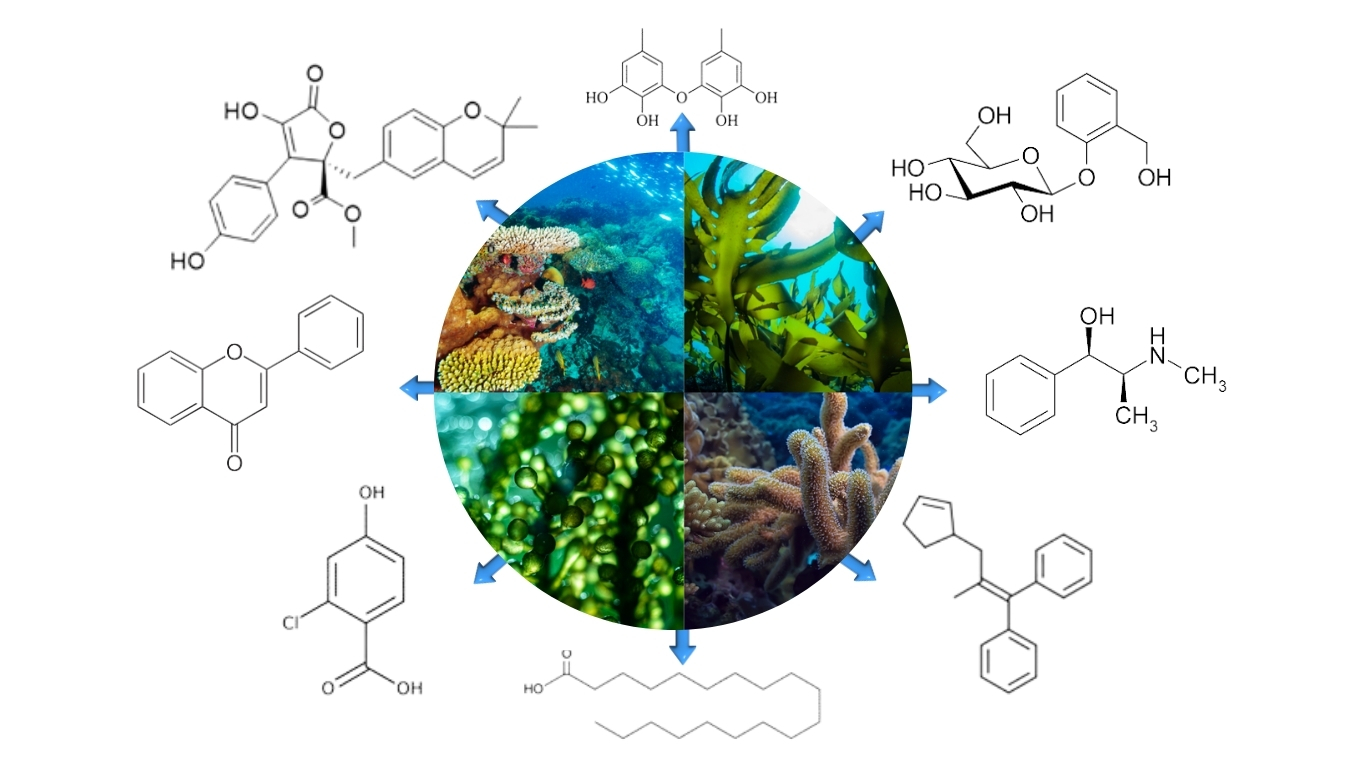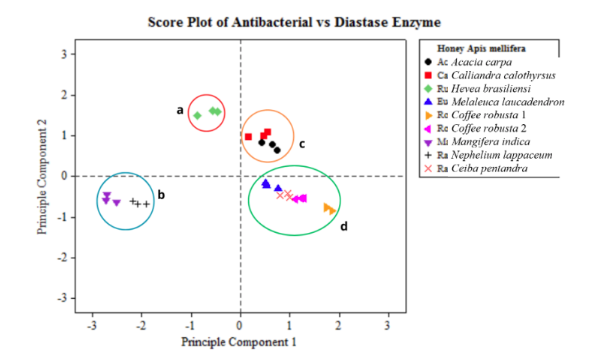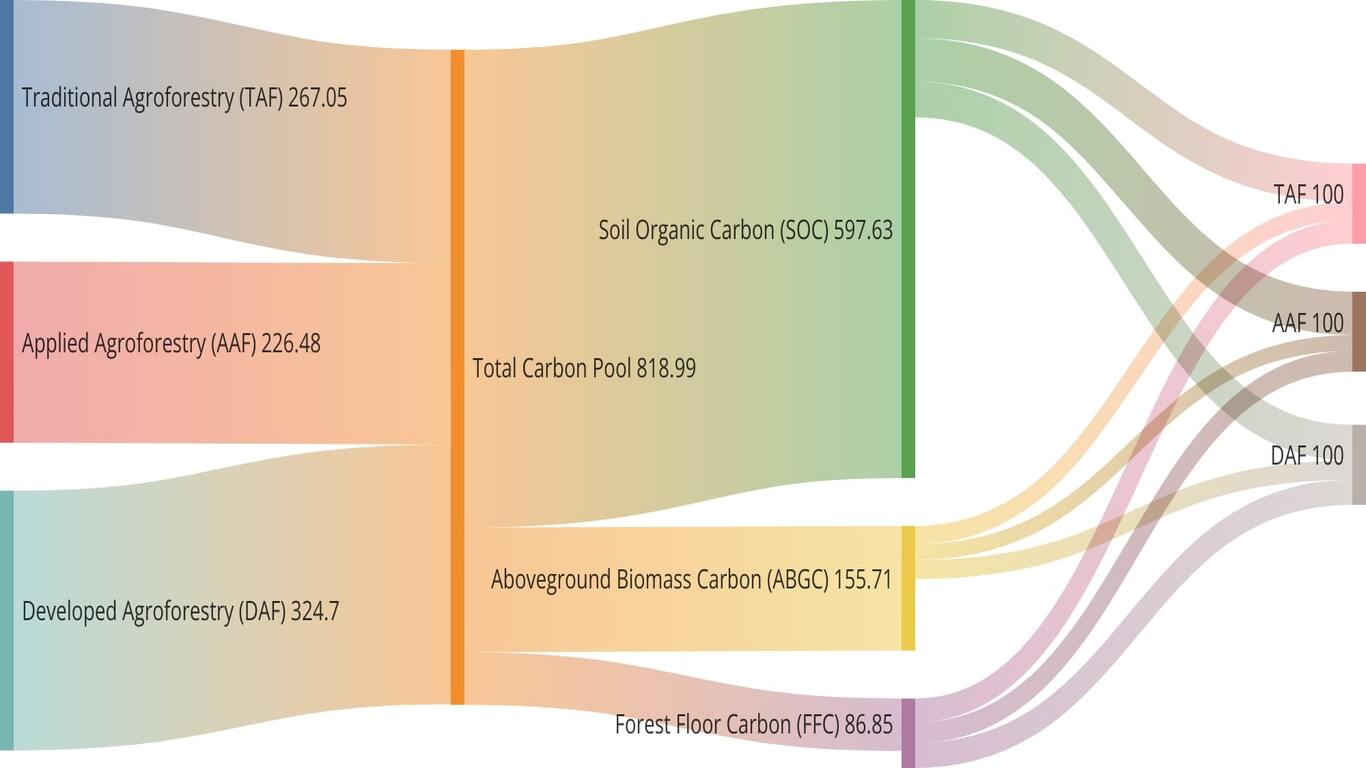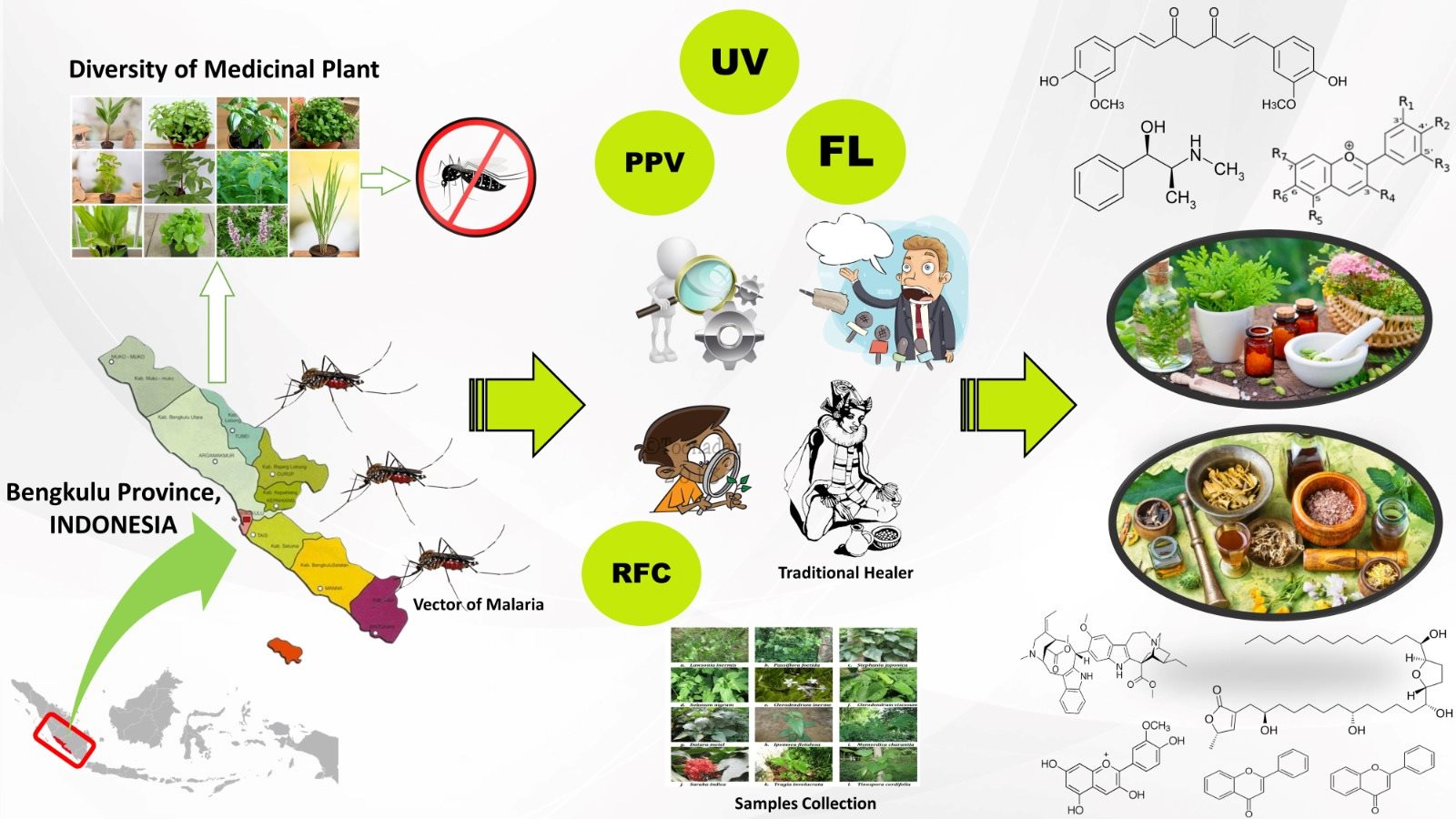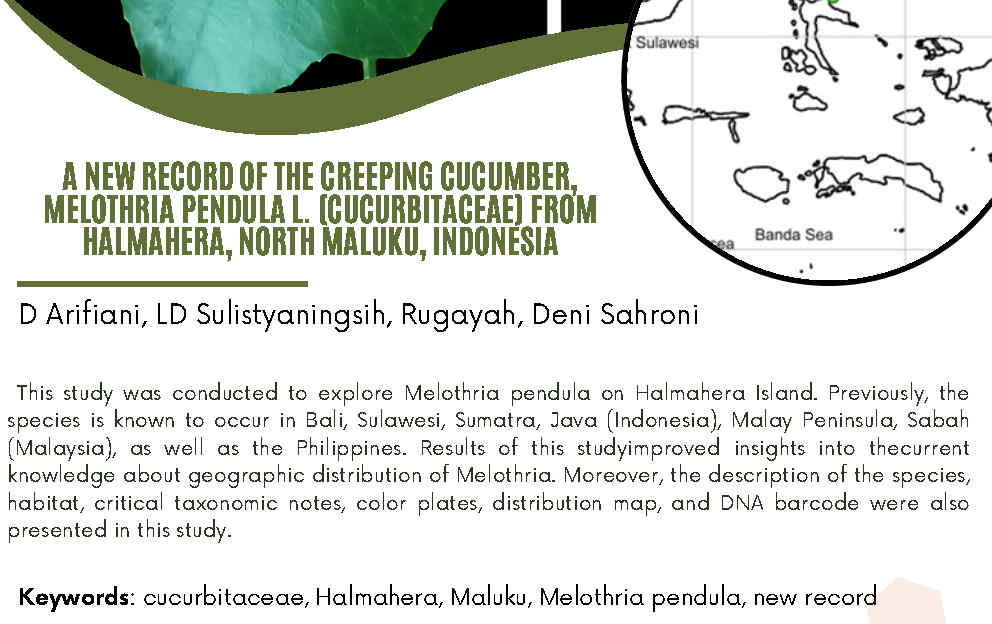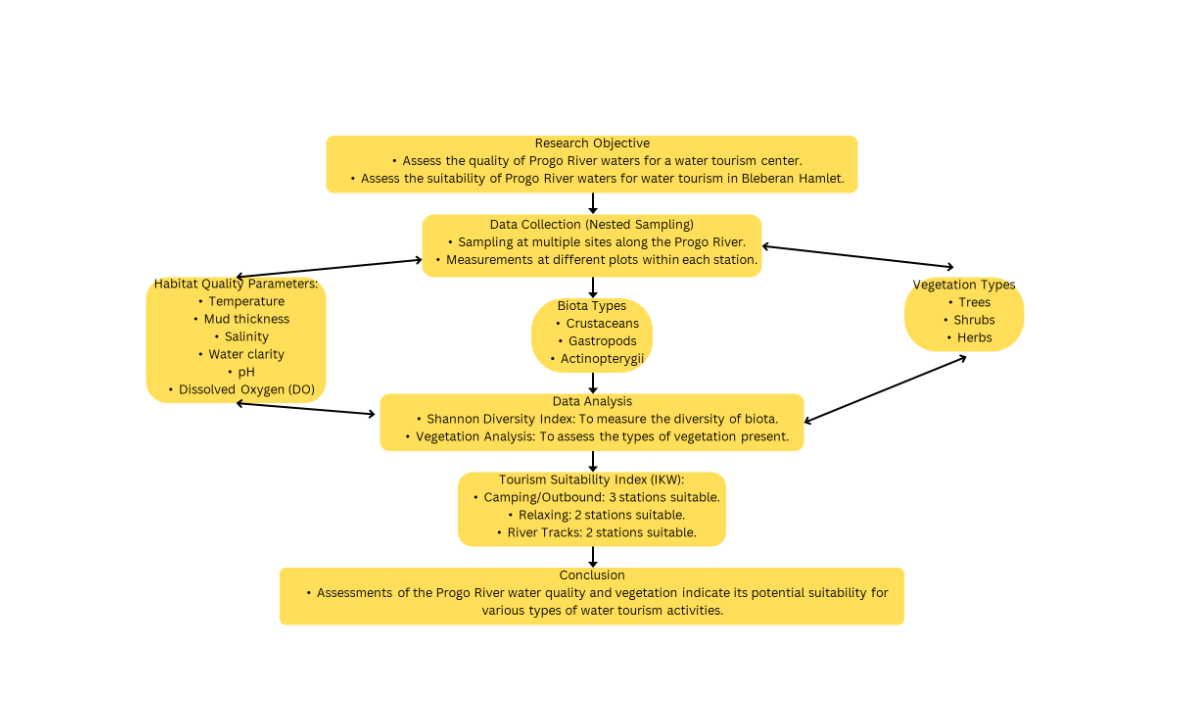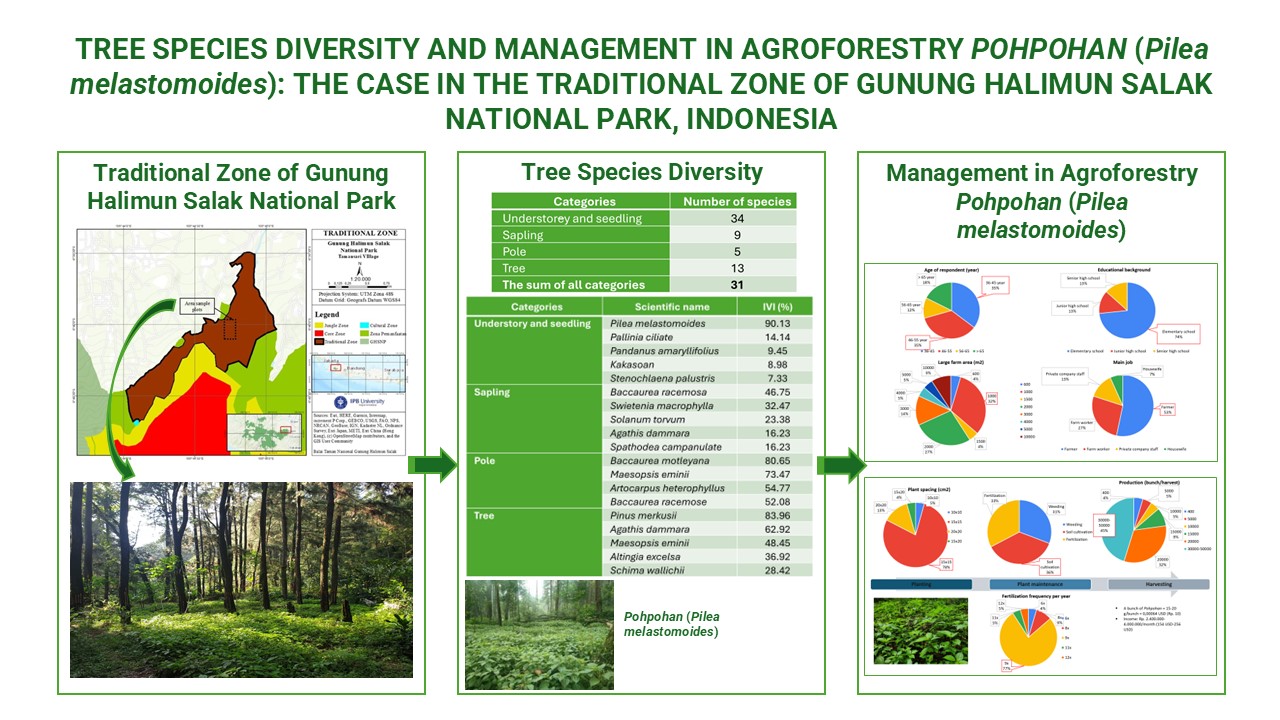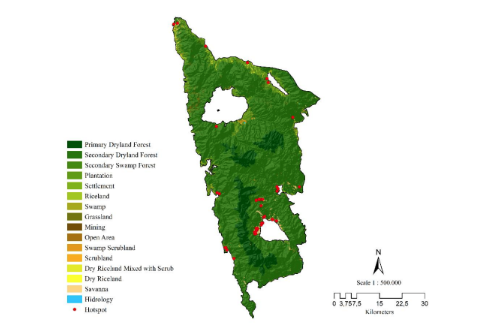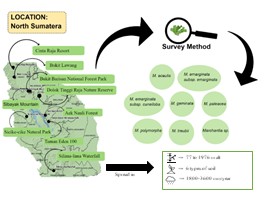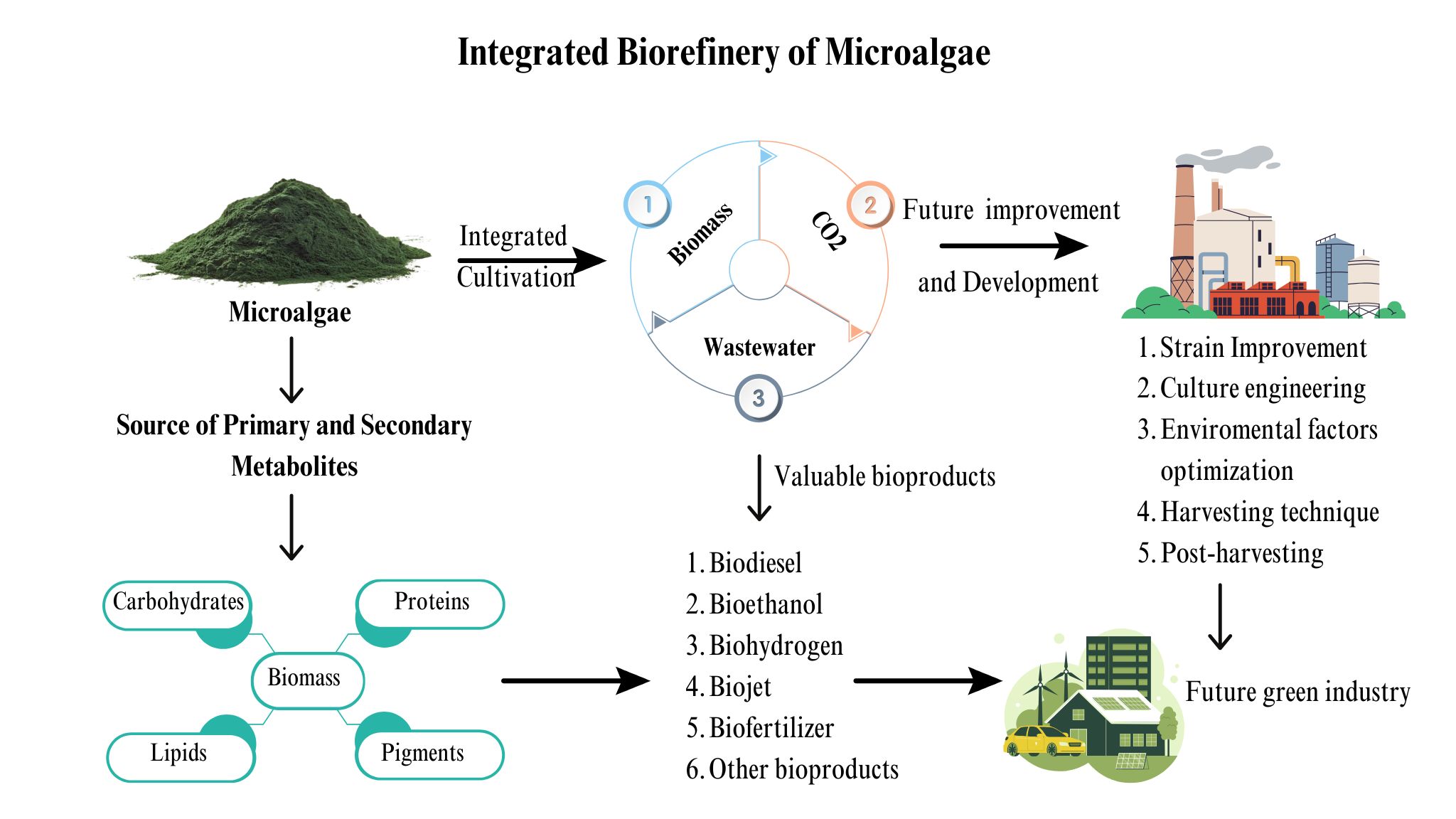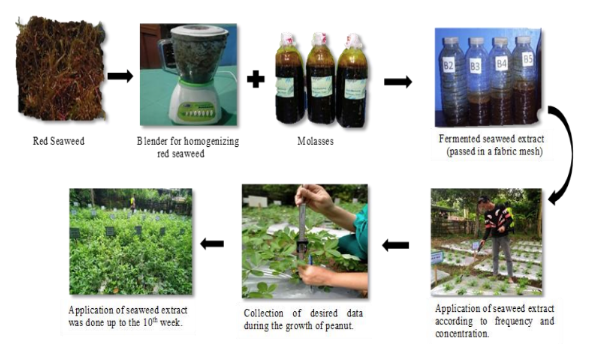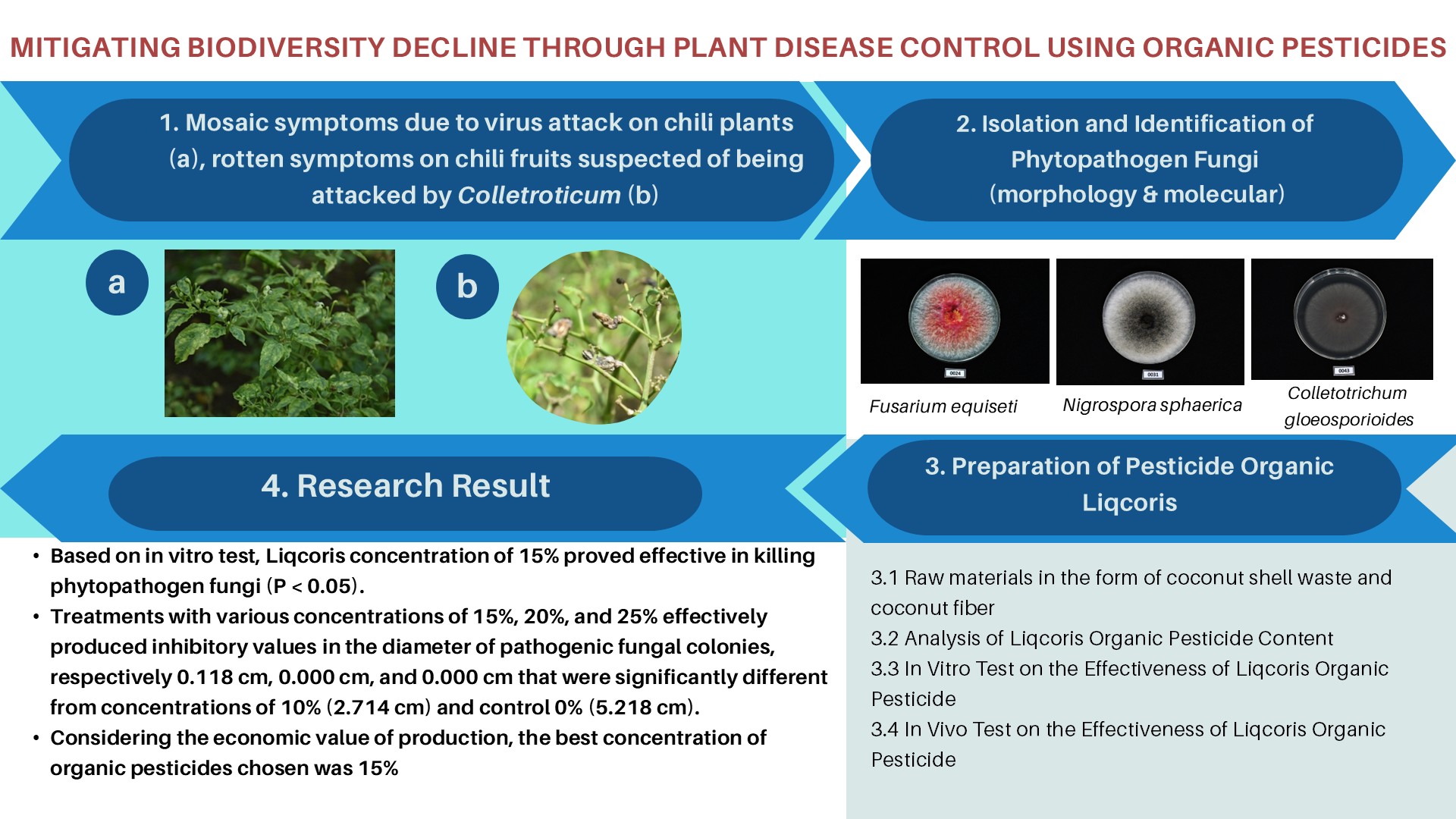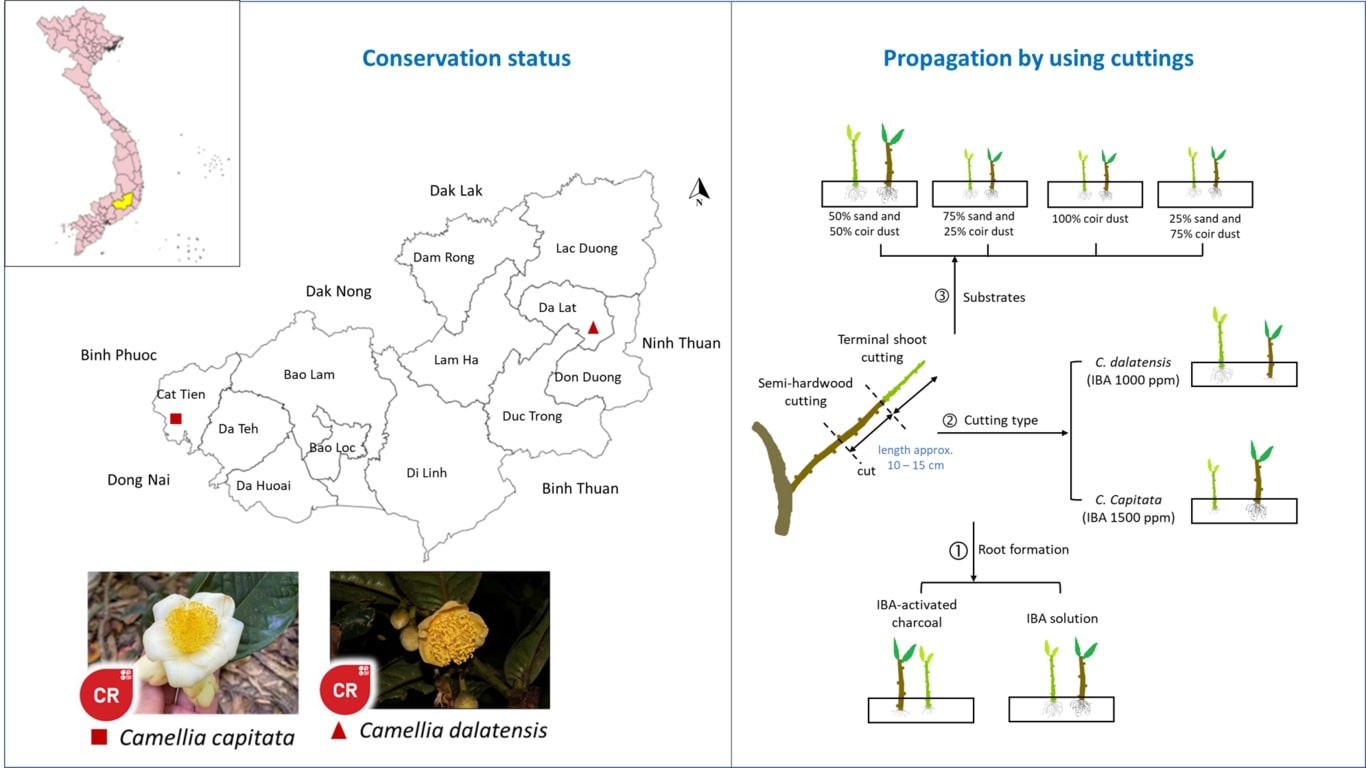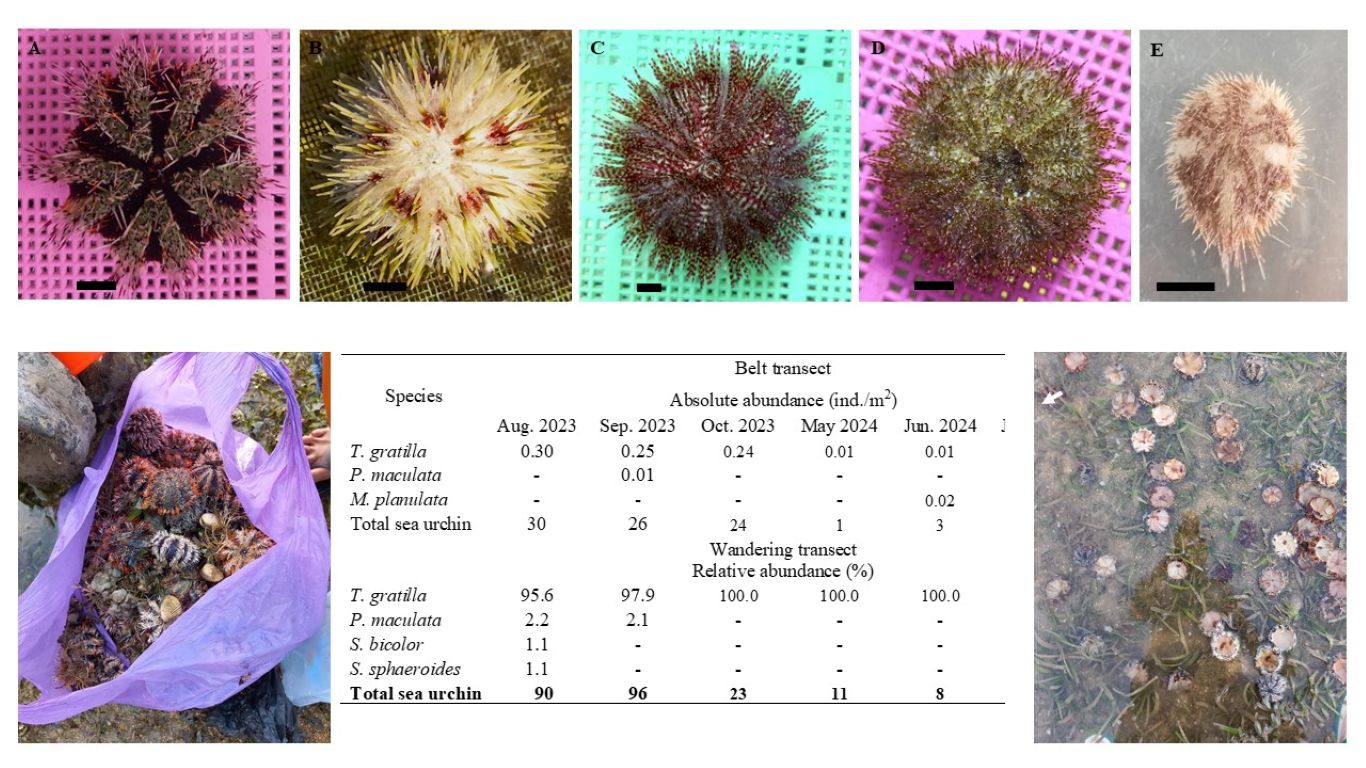MORPHOLOGICAL AND MOLECULAR CHARACTERIZATION OF Donax faba (BIVALVIA: DONACIDAE) OBTAINED FROM KUTANG BEACH, LAMONGAN, INDONESIA
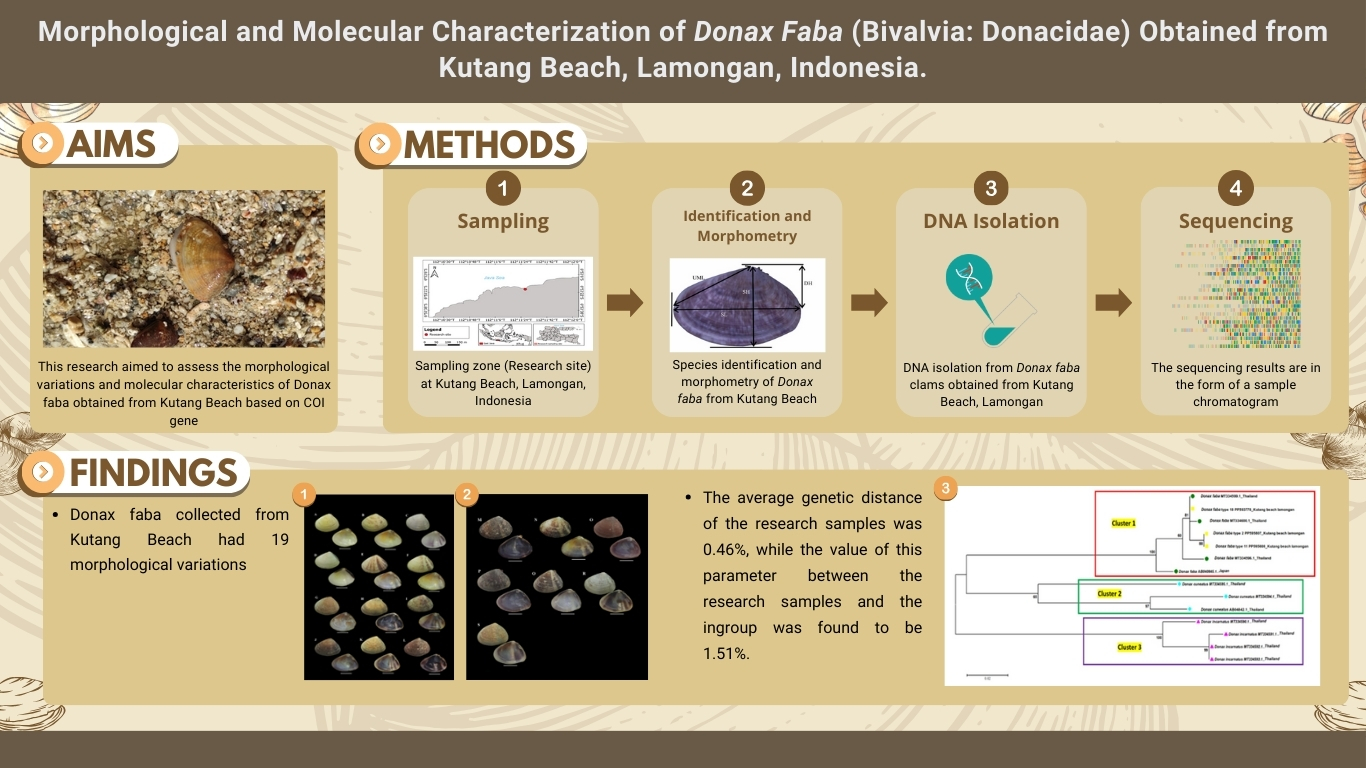
ARTICLE HIGLIGHTS
This study revealed 19 morphological variations of edible wedge clams, Donax faba (Bivalvia: Donacidae), from Kutang Beach, Lamongan, Indonesia, which has significant role as part of coastal ecosystem.
This reseach also highlights the DNA barcoding of Donax faba based on COI gene (Cytochrome C Oxidase Subunit I).
The average genetic distance of the research samples was 0.46%, while the value of this parameter between the research samples and the ingroup was found to be 1.51%.
ABSTRACT
Donax faba is a type of wedge clams with significant ecological and economic roles, as well as variations in color, pattern, and morphometric properties. Recently, a particular population of unidentified D. faba was reported from Kutang Beach, Lamongan, Indonesia. Therefore, this research aimed to assess the morphological variations and molecular characteristics of D. faba obtained from Kutang Beach based on COI gene. A total of 288 samples were collected during the lowest tide for morphological characterization of the color, pattern, and morphometrics of the shells. Additionally, molecular characterization was conducted based on the composition of nucleotide bases and amino acids of COI gene, genetic distance, as well as the relationships. The results showed that D. faba had 19 morphological variations, among which the most dominant type contained a whitish exterior with brown spots and a whitish purple interior. The average genetic distance of the samples was 0.46%, while the value was calculated as 1.51% between the samples and the ingroup. Automatic Barcode Gap Discovery (ABGD) analysis performed using a prior maximal distance of 0.001 showed the separation of these species into distinct categories.
Downloads
INTRODUCTION
Donax faba is popularly known as wedge clams living in intertidal areas ((Ambarwati & Faizah, 2017); Alyani & Ambarwati 2018) along sandy beaches ((Yambem et al., 2017);(Rittiboon et al., 2019);(Signorelli & Printrakoon, 2020)) and mangrove forests(Singh et al., 2011);(Kassim et al., 2018). These clams are harvested in Vietnam and Thailand for the nutritional value(Krishnan & Tharavathy, 2016)and trade purposes(Poutiers, 1998), while being consumed in several regions of Indonesia including West Java(Dharma, 2005)and Madura(Ambarwati & Faizah, 2017); Alyani & Ambarwati 2018;(Wasilah et al., 2021)). Donax faba is capable of accumulating heavy metals(Singh et al., 2012);(Wasilah et al., 2021)and serves as a potential source of anticoagulant compounds(Periyasamy et al., 2013). Moreover, the shells can be processed into flour, serving as a mineral source in feedstuff(Lalopua & Sukisman, 2023).
Members of the Donacidae family, including D. faba, have been reported with morphological variations.(Tan & Low, 2013)detected variations in color, shape, and pattern among D. faba samples in Singapore, while(Rittiboon et al., 2019)identified eight color patterns from Bangling Beach, Thailand. Dharma (2005) described five types of D. faba shells collected from West Java.(Ambarwati & Faizah, 2017)as well as Alyani and Ambarwati (2018) reported 12 and 15 respective variations of patterns and colors from Nepa and Tengket Beaches in Madura.(Atlanta et al., 2022)recently found some D. faba at Kutang Beach, Lamongan, but morphological variations in this population remain unexplored.
High species variations often lead to difficulties in the identification process, which can only be enhanced by the availability of comprehensive information regarding the morphological variations. Additionally, DNA barcoding is among the current valuable tools used to strengthen identification based on morphological data(Moritz & Cicero, 2004);(Hebert & Gregory, 2005);(Ferri et al., 2009);(Packer et al., 2009).
Research across various animal taxa, including Porifera(Cárdenas et al., 2009);(, 2012), Echinoderms(Layton et al., 2016), Mollusca(Juniar et al., 2021);(Sari et al., 2021), and fish ((Rahayu et al., 2019);(Rahayu et al., 2012)), had used DNA barcoding markers for identification. COI DNA barcoding was previously applied to successfully identify variations in D. incarnatus from Madura(Wijaya et al., 2023). Additionally, genetic distance analysis based on COI gene sequences of certain samples showed high similarity with comparison species from GenBank and Bold systems. Differences in average genetic distance values can be caused by intragroup genetic diversity. A genetic distance is assumed to be very low when after conversion to less than 2% the values signify the same species. However, values greater than 2% suggest the existence of a species different from other group members(Wong & Hanner, 2008);(Wong et al., 2009)).
In an investigation performed by(Sari et al., 2021), genetic identification of D. faba from Nepa Beach, Madura showed COI gene sequence of 650 bp with similarity values ranging from 72.01% to 72.12% when compared to sequence data from GenBank. COI gene sequence of D. faba is characterized by a high mutation rate, leading to significant genetic variations and geographic influences on genetic plasticity. Consequently, further research is recommended to determine the molecular characteristics of D. faba.
Considering the provided background, this research aimed to assess the morphological variations and molecular characteristics of D. faba samples collected from Kutang Beach based on COI gene in mtDNA, followed by the conduction of phylogenetic relationship analysis. The molecular characterization and phylogenetic analysis data obtained will serve as a foundation for further investigation into the evolutionary history, population dynamics, and adaptation of D. faba in the natural habitat.
MATERIALS AND METHODS
Field Work
Samples of D. faba were collected from Kutang Beach, Lamongan (Figure 1) during the lowest tide. Five plots measuring 1 m x 1 m were placed horizontally along the beach line with 3 m interval between each plot. Samples for shell morphological analysis were preserved in 70% alcohol, then three from the most dominant shell types were selected and preserved in absolute alcohol for molecular analysis.
Laboratory Work
Identification and Morphometric Measurements
The shells of collected Donax clams were cleaned and identified using the identification books of(Poutiers, 1998),(Dharma, 2005), Huber (2010), and(Ambarwati & Faizah, 2017). Subsequently, morphometric measurements, including shell length (SL), shell height (SH), shell width (SW), dorsal height (DH), dorsal and umbo outline (Figure 2), were conducted using calipers with an accuracy of 0.01 mm(Ambarwati & Faizah, 2017). SL is defined as the perpendicular distance between the anterior and posterior shell, while SH is measured from the highest dorsal to the lowest ventral part of the shell. Furthermore, SW represents the distance between the protruding parts of the lateral sides of two shells. DH is measured from the highest part of the dorsal side to the pseudo line with a perpendicular distance between the anterior and posterior shell. The umbo margin line (UML) is described as the distance from the most dorsal part of the shell to the posterior.
Figure 1.The map showing the sampling location of D. faba (red dot) in Kutang Beach
Figure 2.Morphometric measurements of D. faba
Molecular Work (DNA Isolation and Sequencing)
Total DNA isolation from muscle
Ambarwati R, Faizah U. 2017. Colour and morphometric variation of donacid bivalves from Nepa Beach, Madura Island, Indonesia. Biosaintifika J Biol Biol Educ 9(3):466-73. DOI: https://doi.org/10.15294/biosaintifika.v9i3.11267
Atlanta V, Ambarwati R, Rahayu DA, Mujiono N. 2022. Diversity of bivalves on the north coast of Lamongan, East Java, Indonesia. Biodiversitas 23(8):4263-71. DOI: https://doi.org/10.13057/biodiv/d230850
Cárdenas P, Menegola C, Rapp HT, Díaz MC. 2009. Morphological description and DNA barcodes of shallow-water Tetractinellida (Porifera: Demospongiae) from Bocas del Toro, Panama, with description of a new species. Zootaxa (2276):1-39. DOI: https://doi.org/10.11646/zootaxa.2276.1.1
Cai Y, Zhang L, Wang Y, Liu Q, Shui Q, Yue B, …, Li J. 2016. Identification of deer species (Cervidae, Cetartiodactyla) in China using mitochondrial cytochrome c oxidase subunit I (mtDNA COI). Mitochondrial DNA Part A DNA Mapping. Seq Anal 27 (6):4240-3. DOI: 10.3109/19401736.2014.1003919. DOI: https://doi.org/10.3109/19401736.2014.1003919
Chiu YW, Bor H, Tan MS, Lin HD, Jean CT. 2013. Phylogeography and genetic differentiation among populations of the moon turban snail Lunella granulata Gmelin 1791 (Gastropoda: Turbinidae). Intl J Mol Sci 14 (5):9062-79. DOI: 10.3390/ijms14059062. DOI: https://doi.org/10.3390/ijms14059062
Dharma B. 2005. Recent and Fossil Indonesian Shells. Hackenheim (DE): Conchbooks. 424 pp.
Eshky AA. 1998. Ecological Behaviour and Biology of the Beach Clam Donax faba (Gmelin) from the Red Sea. J King Abdulaziz Univ 10(1):47-72. DOI: https://doi.org/10.4197/Sci.10-1.5
Ferri G, Alù M, Corradini B, Licata M, Beduschi G. 2009. Species identification through DNA ‘barcodes’. Genet Test Mol Biomarkers 13(3):421-6. DOI: https://doi.org/10.1089/gtmb.2008.0144
Filzan A, Ambarwati R. 2018. Morphological variations and abundance of Donax faba (Bivalvia: Donacidae) on Tengket Beach, Bangkalan, Madura. BIOTROPIC 2(2):73-84. (Indonesian). DOI: https://doi.org/10.29080/biotropic.2018.2.2.73-84
Hebert PDN, Gregory TR. 2005 The promise of DNA barcoding for taxonomy. Syst Biol 54(5):852-9. DOI: https://doi.org/10.1080/10635150500354886
Juniar A, Ambarwati R, Rahayu DA. 2021. Genetic identification of Clithon oualaniense (Gastropoda: Neritidae) from Madura, Indonesia. AACL Bioflux 14(2):1046-56.
Kassim Z, Ahmad Z, Ismail N. 2018. Diversity of bivalves in mangrove forest, Tok Bali Kelantan, Malaysia. Sci Herit J 2(2):04-09. DOI: https://doi.org/10.26480/gws.02.2018.04.09
Krishnan S, Tharavathy NC. 2016. Biochemical Composition of Donax spp . of Kushalnagar Beach, West Coast, Kerala Shini Krishnan. Bioscience 5(6):370-2.
Lalopua V, Sukisman AH. 2023. Characteristics of clamshell flour Donax sp from Sapola sub-village of Seram Island. IOP Conf Ser: Earth Environ Sci. 1207012028 DOI: https://doi.org/10.1088/1755-1315/1207/1/012028
Layton KKS, Corstorphine EA, Hebert PDN. 2016. Exploring Canadian echinoderm diversity through DNA barcodes. PLoS ONE 11(11): e0166118. DOI: https://doi.org/10.1371/journal.pone.0166118
Moritz C, Cicero C. 2004. DNA barcoding: Promise and pitfalls. PLoS Biology 2(10): e279-e354. DOI: https://doi.org/10.1371/journal.pbio.0020354
Nugroho E, Nawir D. 2017. DNA barcoding of nomei fish (Synodontidae: Harpadon sp.) in Tarakan Island, Indonesia. AACL Bioflux 10(6):1466-74.
Packer L, Gibbs J, Sheffield C, Hanner R. 2009. DNA barcoding and the mediocrity of morphology. Mol Ecol Resour 9(SUPPL. 1):42-50. DOI: https://doi.org/10.1111/j.1755-0998.2009.02631.x
Periyasamy N, Murugan S, Bharadhirajan P. 2013. Isolation and characterization of anticoagulant compound from marine mollusc Donax faba (Gmelin, 1791) from Thazhanguda, Southeast Coast of India. African J Biotechnol 12(40):5968-74. DOI: https://doi.org/10.5897/AJB2013.12823
Poutiers JM, 1998. Bivalves (Acephala, Lamellibranchia, Pelecypoda). In: Carpenter KE, Niem VH (Editors), FAO Species Identification Guide for Fishery Purposes; The Living Marine Resources of the Western Central Pacific Volume 1. Rome (IT): Food and Agriculture Organization of the United Nations.
Puillandre N, Lambert A, Brouillet S, Achaz G. 2012. ABGD, Automatic Barcode Gap Discovery for primary species delimitation. Mol Ecol 21(8):1864-77. DOI: https://doi.org/10.1111/j.1365-294X.2011.05239.x
Priyono DS, Solihin DD, Farajalah A, Arini AF. 2018. Anoa, dwarf buffalo from Sulawesi, Indonesia: Identification based on DNA barcode. Biodiversitas 19(6):1985-92. DOI: https://doi.org/10.13057/biodiv/d190602
Rahayu DA, Nugroho ED, Listyorini D. 2019. DNA Barcoding Ikan Introduksi Khas Telaga Sari, Kabupaten Pasuruan. Biotropika 7(2):51-62. DOI: https://doi.org/10.21776/ub.biotropika.2019.007.02.2
Rahayu DA, Nugroho ED, Kurniawan N, Azrianingzih R. 2012. DNA Barcode dan Haplotype Network Ikan Lokal Dari Telaga Banyu Biru Kabupaten Pasuruan. In: Prosiding Seminar Nasional Ikan ke-8. p.67-75.
Rittiboon K, Fungchonjitt S, Thongroy P, Chavavongsa C, Buatip S. 2019. Some Aspects of Ecology of Wedge Clam, Donax faba Gmelin, 1791 at Bangling Beach, Thepha District, Songkhla Province. Burapha Sci J 24(1):395-414.
Saitou N, Nei M. 1987. The neighbor-joining method: A new method for reconstructing phylogenetic trees. Mol Bio Evol 4:406-25.
Saleky DPO, Leatemia SF, Pattiasina T, Isma I, Pangaribuan RD, Welliken MA, …, Dailami M. 2020. Growth pattern analysis and DNA barcoding approach for identification of Turbo stenogyrus P. Fischer 1873 (Mollusca: Gastropoda). Biotropika 8(2):79-86. DOI: 10.21776/ub.biotropika.2020.008.02.03. (Indonesian) DOI: https://doi.org/10.21776/ub.biotropika.2020.008.02.03
Sari SYP, Ambarwati R, Rahayu DA. 2021. Molecular characteristics of Donax faba (Bivalvia: Donacidae) from Nepa Beach, Madura, based on cytochrome oxidase subunit I gene sequences. AACL Bioflux 14(4):2416-26.
Signorelli JH, Printrakoon C. 2020. The family Donacidae (Bivalvia: Tellinoidea) in Thai waters. Molluscan Res 40(1):8-35. DOI: https://doi.org/10.1080/13235818.2019.1655134
Singh YT, Krishnamoorthy M, Thippeswamy S. 2011. Population Ecology of the Wedge Clam Donax faba (Gmelin) from the Panambur Beach, Near Mangalore, South West Coast of India. J Theor Exp Biol 7(4):171-82.
Singh YT, Krishnamoorthy M, Thippeswamy S. 2012. Seasonal Variations of Cu, Pb, Fe, Ni and Cr in the Edible Wedge Clam, Donax faba (Mollusca, Bivalvia) from the Padukere Beach, Karnataka. J Theor Exp Biol 8(3 & 4):95-100.
Tan SK, Low MEY. 2013. Singapore Mollusca: 3. the Family Donacidae (Bivalvia: Veneroida: Tellinoidea). Nat Singapore 6:257-63.
Tenjing SY. 2017. Short communication: Population dynamics of Donax faba (Family: Donacidae) in the coastal waters of Padukere, Karnataka (India). Iran J Fish Sci 16(1):411-21.
Vargas S, Schuster A, Sacher K, Büttner G, Schätzle S, Läuchli B, …, Wörheide G. 2012. Barcoding sponges: An overview based on comprehensive sampling. PLoS ONE 7(7):e39345. DOI: https://doi.org/10.1371/journal.pone.0039345
Wasilah QA, Mawli RE, Sani MD, Soegianto A, Wiradana PA, Pradisty NA, 2021. Determination of Lead and Cadmium in Edible Wedge Clam (Donax faba) Collected from North and South Coasts of Sumenep, East Java, Indonesia. Poll Res 40(2):593-7.
Wijaya CB, Ambarwati R, Rahayu DA, 2023. Morphological and molecular characteristics of Donax incarnatus (Bivalvia: Donacidae) from Badur Beach, Madura Island, Indonesia based on the COX1 gene. Biodiversitas 24(5):2805-13. DOI: https://doi.org/10.13057/biodiv/d240534
Wong EHK, Shivji MS, Hanner RH. 2009. Identifying sharks with DNA barcodes: assessing the utility of a nucleotide diagnostic approach. Mol Ecol Resour 9(Suppl. 1):243-56. DOI: https://doi.org/10.1111/j.1755-0998.2009.02653.x
Wong EHK, Hanner RH. 2008. DNA barcoding detects market substitution in North American seafood. Food Res Int J 41(8):828-37. DOI: https://doi.org/10.1016/j.foodres.2008.07.005
Yambem T, Samuel VD, Meenakshi VK, Sankar S, Narasimhaiah N. 2017. Intertidal biodiversity of Karnataka coast, south west coast of India. Perspectives on Biodiversity of India Vol. III, 186-92.
Zhang F, Zhao Z. 2004 The influence of neighboring-nucleotide composition on single nucleotide polymorphisms (SNPs) in mouse genome and its comparison with human SNPs. Genomics 84(5):785-95. DOI: https://doi.org/10.1016/j.ygeno.2004.06.015
Copyright (c) 2024 Reni Ambarwati, Fida Rachmadiarti, Herlina Fitrihidajati, Tarzan Purnomo, Rofiza Yolanda, Dwi Anggorowati Rahayu, Ulfi Faizah

This work is licensed under a Creative Commons Attribution-NonCommercial-NoDerivatives 4.0 International License.
Authors who publish with this journal agree with the following terms:
- Authors retain copyright and grant the journal right of first publication, with the work 1 year after publication simultaneously licensed under a Creative Commons attribution-noncommerical-noderivates 4.0 International License that allows others to share, copy and redistribute the work in any medium or format, but only where the use is for non-commercial purposes and an acknowledgement of the work's authorship and initial publication in this journal is mentioned.
- Authors are able to enter into separate, additional contractual arrangements for the non-exclusive distribution of the journal's published version of the work (e.g., post it to an institutional repository or publish it in a book), with an acknowledgement of its initial publication in this journal.
- Authors are permitted and encouraged to post their work online (e.g., in institutional repositories or on their website) prior to and during the submission process, as it can lead to productive exchanges, as well as earlier and greater citation of published work (See The Effect of Open Access).

